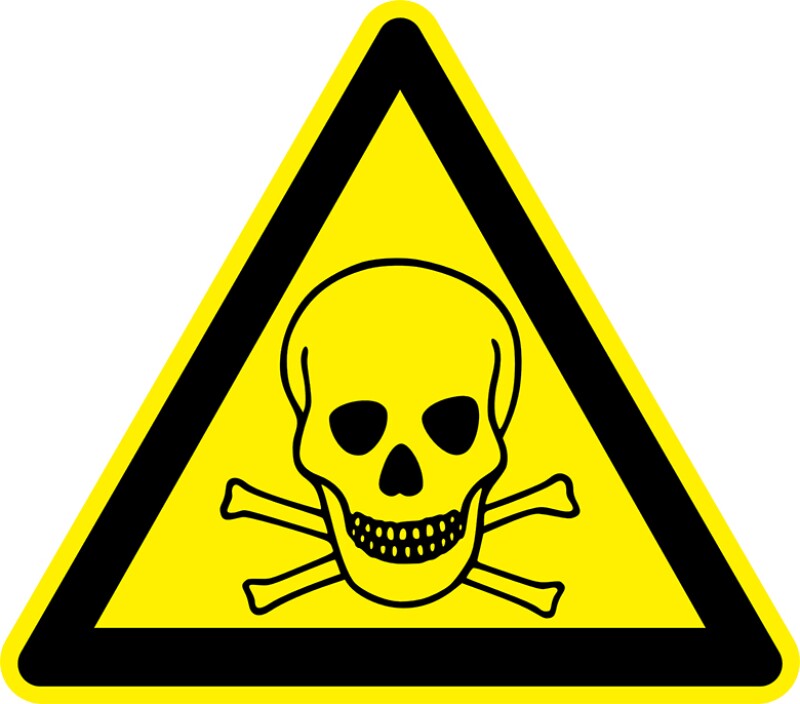
Concern over whether China is heading for a Lehman moment stems from the failure of Baoshang, the biggest lender in China’s Inner Mongolia province with Rmb536 billion of total assets, and the market reaction to it.
To deal with the headline first: talk of a Lehman moment for China is not the right comparison. China’s financial system, while certainly interconnected, doesn’t operate like the US one, and while counterparty suspicion certainly exists – we’ve seen it in recent weeks as banks have been unwilling to lend to smaller, apparently risky banks – ultimately the state controls the entire sector and can order even its private sector institutions to do what it wants if stability is at stake.
There are certainly problems in China. The thing is, Baoshang is something of a red herring. The bigger issues are elsewhere.
Baoshang’s problems were not a surprise to anyone who has been paying attention: Euromoney wrote about them in September 2017, citing the research of UBS analyst Jason Bedford.
|
Jason Bedford, |
Bedford used Baoshang to illustrate a problem with vehicles called trust beneficiary rights (TBRs) and directional asset management plans (DAMPs), which are basically loans with investments wrapped around them from fund managers or brokerages.

